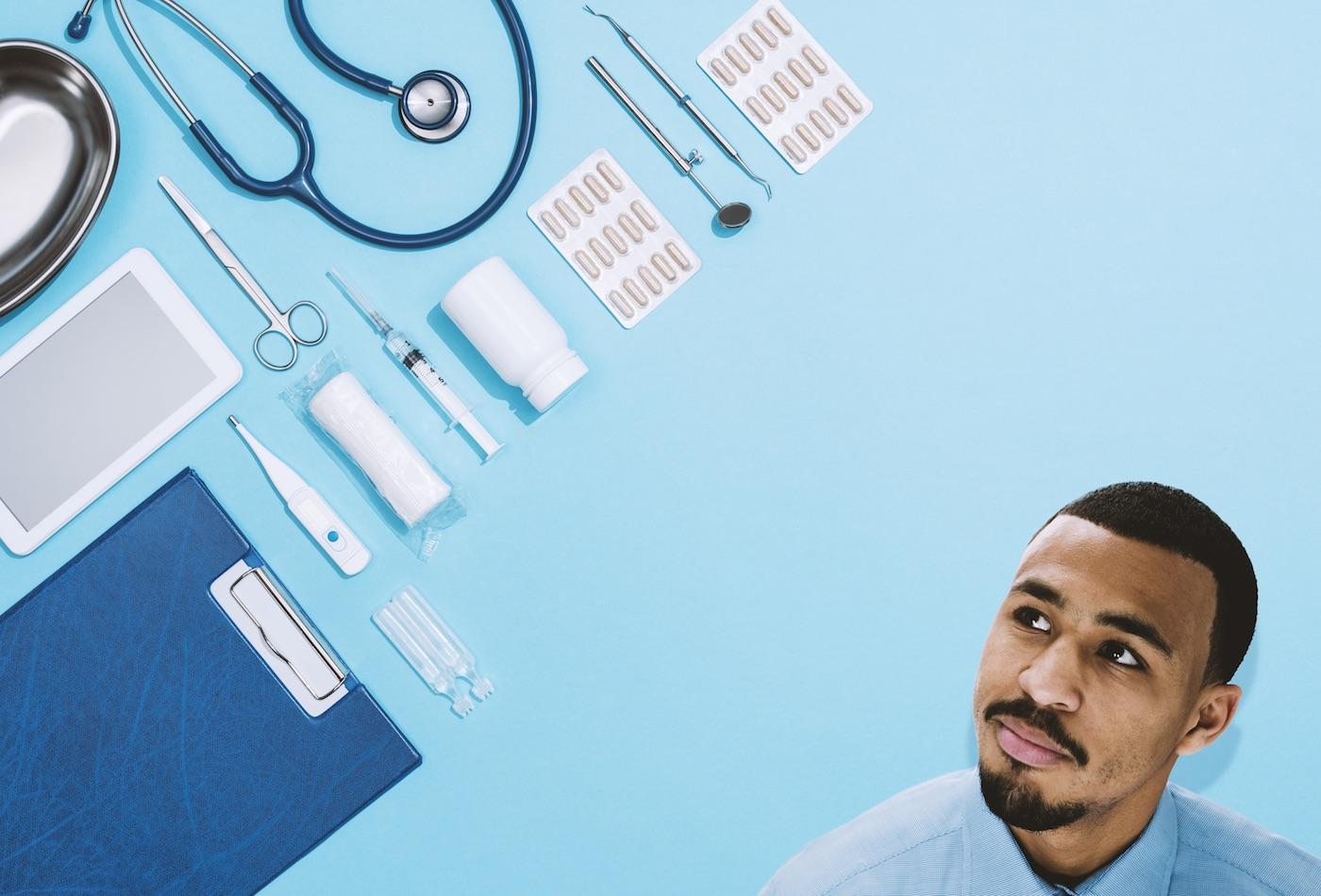Monica Ponder, Ph.D., MS, MSPH, felt disappointed in public health leadership when she saw her hometown of Albany, Georgia in the news as COVID-19 first surfaced in the United States. As an epidemiologist and assistant professor of health communication in the Department of Communication, Culture and Media Studies, Ponder was especially sensitive to the news stories that kept centering on the families she grew up around for an outbreak in Albany after a February 29, 2020 funeral.
She felt the overall public health response was slow, that there was such lack of information on this new virus, and that the country’s long history of racism and health disparities put this majority-Black community at heightened risk—all information of which the media failed to mention.
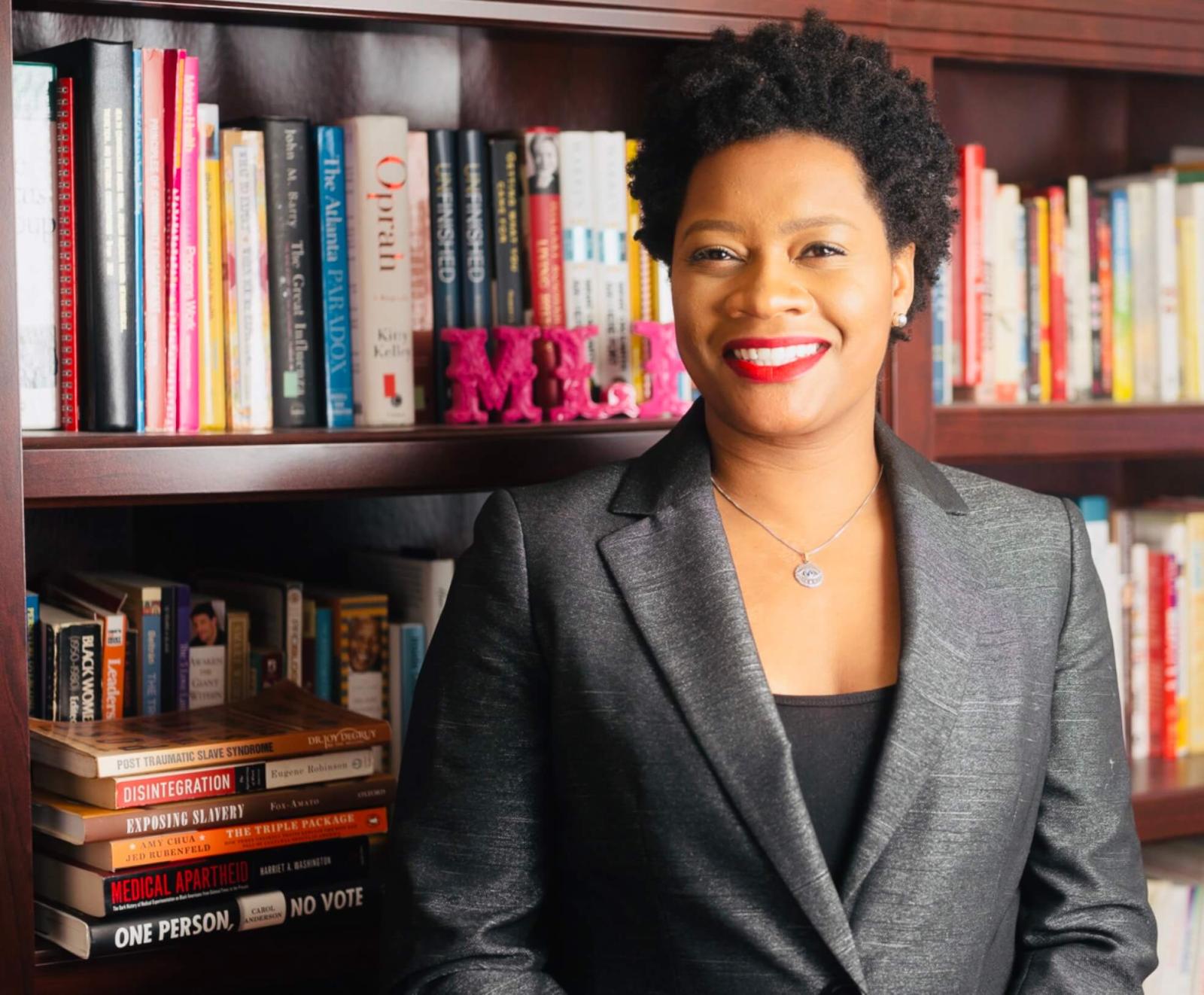
“When you have these issues of inequity that have never been solved and you add an epidemic or a pandemic, it illuminates what has always been there,” says Ponder, who is the lead researcher on a $2.3 million grant examining racism in COVID-19 crisis communication. “There is already a high level of distrust in the community, and this compounds that.”
Ponder, like many other Howard University researchers and medical providers, hopes her work will increase the Black community’s trust in the overall health system in order to improve health outcomes and address racialized trauma. When engaging with health care, Black people often face overt racism as well as unconscious bias.
Black patients are three times more likely to die from pregnancy-related causes, twice as likely to die from diabetes and 30 percent more likely to die from heart disease than white people, according to the U.S. Department of Health and Human Services Office of Minority Health and according to the Centers for Disease Control and Prevention. In Atlanta, 79 percent of the patients hospitalized with COVID-19 were Black; only 13 percent were white, according to the CDC.
Howard University has assumed a leading role in health care, simultaneously working to build trust in the medical system while also uncovering and dismantling racism and biases that have been embedded within it. Through the years, Howard researchers have examined health care statistics to uncover and understand inequities experienced by the Black community while other leaders have conducted outreach to build relationships between the Black community and the health care establishment.
Building Credibility
Funded by the CDC Foundation, Ponder’s project, Racial Ethnic Framing of Community-Informed and Unifying Surveillance (REFOCUS), examines the way many factors—including stereotypes, stigma and structural racism—impact the health of populations that have been historically marginalized. “Howard University is a great place to uncover hard truths,” Ponder says. “I’m so grateful to be at Howard because I can speak unapologetically about health disparities and its linkage to historical trauma and everyday racism. Howard is a voice for the underserved. On top of COVID-19, we had a very tense year in terms of racial violence. As a health communications scholar, I am interested in what communities can do when the crises seemingly never end.”
At Howard University Hospital, understanding the reasons some patients don’t fully believe public health messages helps staff connect with patients. More skepticism exists when initiatives are led by the U.S. government and not a local, trusted expert, says Cynthia Livingston, community relations director at Howard University Hospital.
“If your doctor, whom you’ve seen for years, makes a recommendation, you’re more likely to trust them,” she says. Because it has developed relationships and has a highly respected reputation, the hospital has long served as a leader and reliable provider of care in the Black community. “When I grew up in the District of Columbia, my relatives came here from the country when they needed major health care because the providers identified with them. Freedmen’s Hospital—Howard University Hospital’s predecessor—was the place to go.”
One way Howard University Hospital works to maintain its credibility in the community is by continuing longstanding relationships with area places of worship. Hospital experts participate in health and wellness fairs, provide screenings on site, partner in hosting events and lead discussion groups. “The faith community is the hub of any community—the Black community in particular,” Livingston says. “If their pastor or minister says something, they are more apt to act on that.”
Livingston says, when discussing the Black community’s distrust of the medical community, many people mention the famous unethical Tuskegee syphilis study of Black men, which ran from 1932 to 1972. Researchers didn’t properly inform or gain consent from participants and then infamously withheld treatment. The last study participant died in 2004, with the last widow passing away in 2009.
Similar instances of historic harm—including decades of unauthorized use of cancer cells from Henrietta Lacks, a Black woman in Baltimore—coupled with current racism, lack of funding, bias and barriers to adequate health care add to the distrust. “Now, unless people are given information by a known, credible source, they aren’t going to participate,” Livingston says.
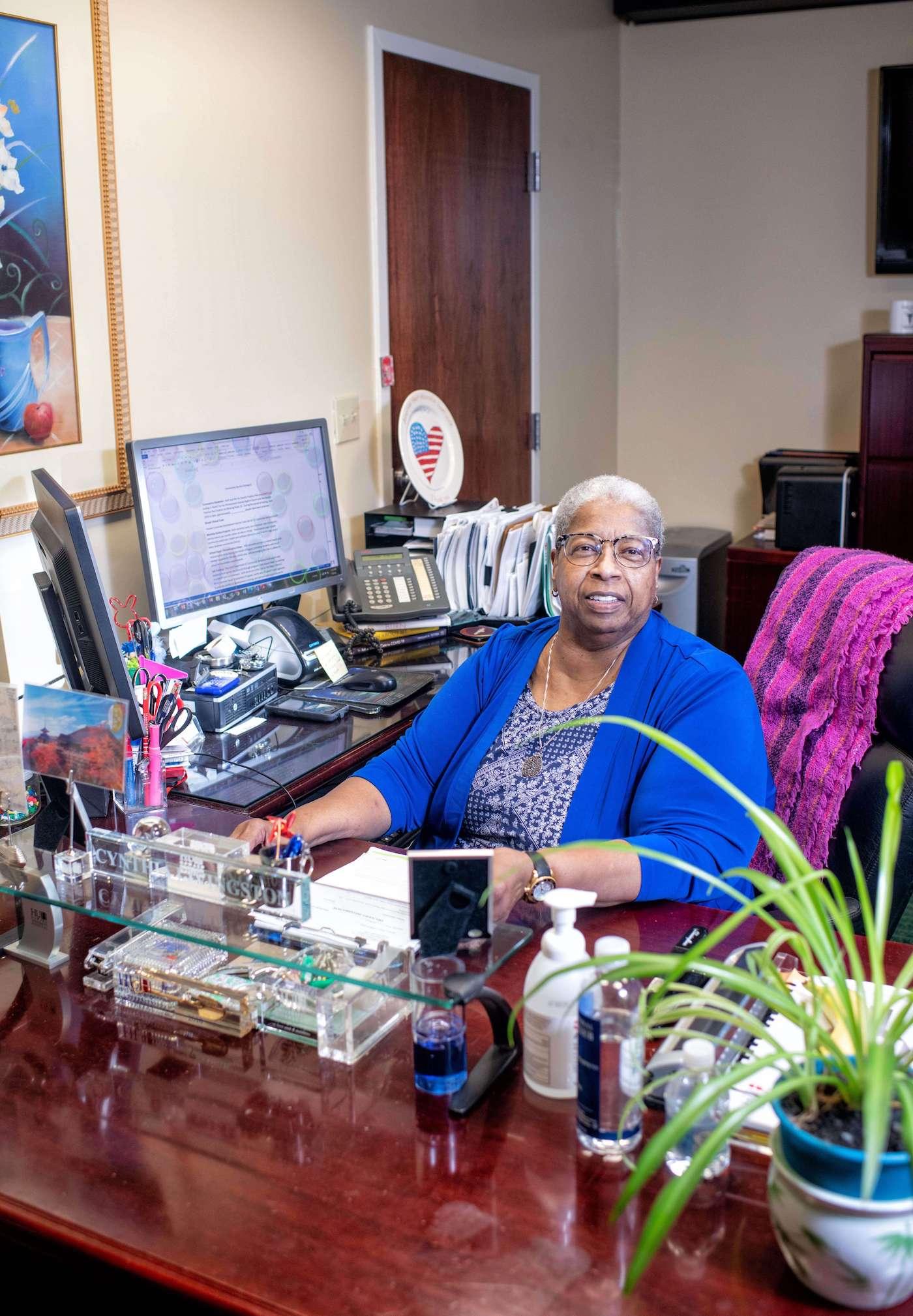
In many research projects, Howard University serves as that credible source. According to William M. Southerland, Ph.D, principal investigator of the Howard Research Centers in Minority Institutions (RCMI) program, building trust requires Black communities to be a priority. “We maintain a dialogue with the communities we serve, we view them as partners, we make sure the research we do is pertinent to their interests and that community members see themselves as important stakeholders of our research efforts,” Southerland says.
Howard is one of 21 U.S. schools in the National Institute of Minority Health and Health Disparities- funded RCMI program designed to increase the number of researchers from underrepresented populations, reduce health disparities and address concerns related to minority health. The program supports Howard researchers as they move from being junior scientists to senior faculty and provides critical core facility and infrastructure support to Howard research projects. Some of Howard’s major research projects focus on prostate cancer, diabetes, sleep and sickle cell anemia.
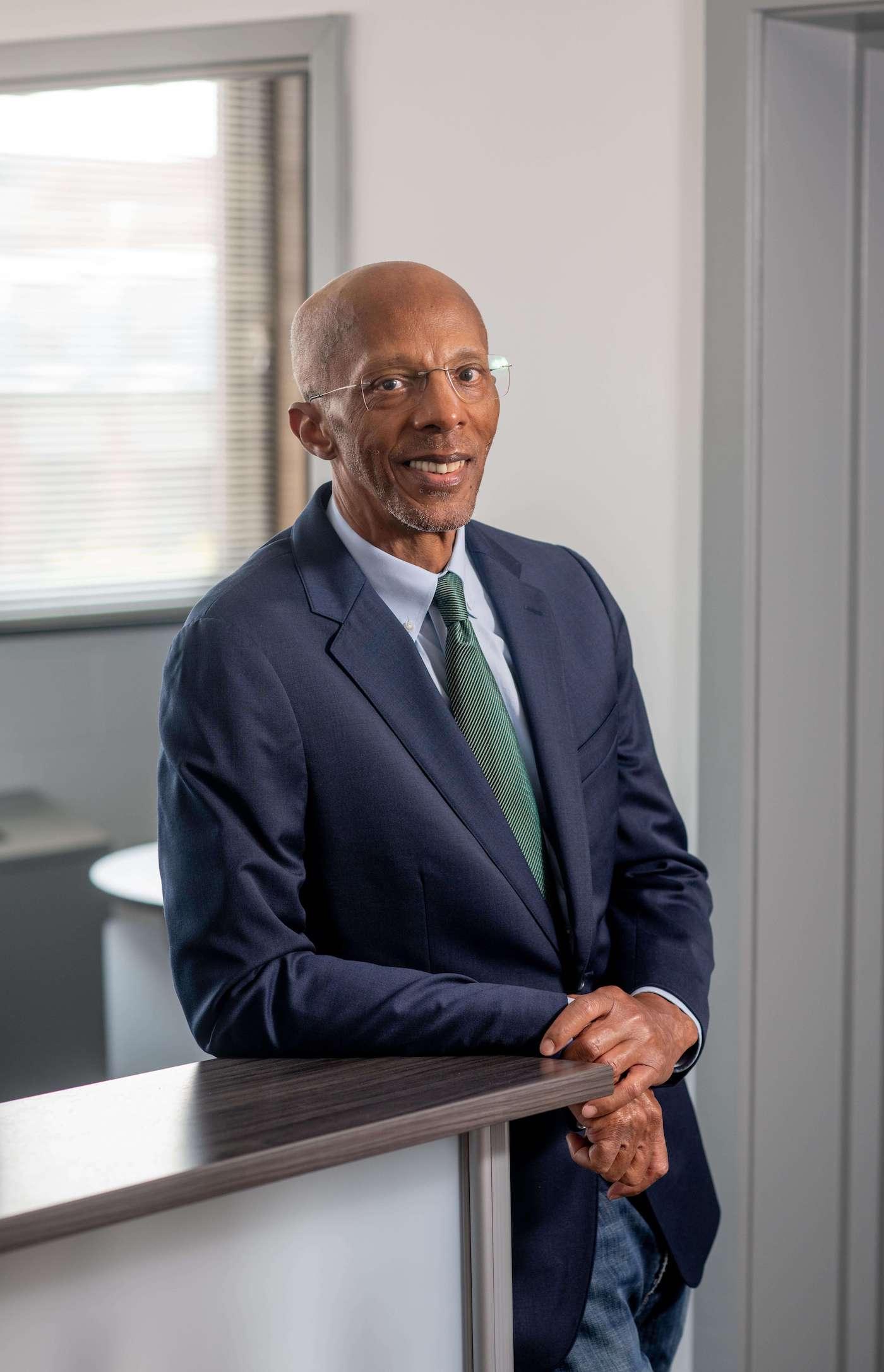
“Additionally, in conjunction with our community engagement initiative, we have worked with BlackDoctors.org and the National Urban League to support national town halls on vaccine education in the Black community,” says Southerland, who is also professor of biochemistry in the College of Medicine.
Black institutions, such as Howard, serve an important role because the people leading and conducting the research are intimately tied to the people and issues being studied. “We live and work in the Black community,” Southerland says. “These are our neighborhoods. If I can solve something that impacts Black folk, I’m helping my family, my buddies—I’m helping myself.”
Making a Connection
The connection between the Black community and the health care establishment isn’t always seen in health campaigns, says Tamara McCants, PharmD and assistant professor in the College of Pharmacy. Often, ads promoting health initiatives or urging people to get vaccines don’t address the real concerns, which is patronizing and does more harm, McCants says
“It can drive hesitancy and mistrust,” says McCants. Also, efforts that pop into a community in times of crisis often don’t understand the audience well enough to deliver a well-received message. “It’s not one conversation. It’s not one ad,” says McCants, who is also chair of the District of Columbia Board of Pharmacy. “We have to relate to the community and to the vulnerable populations.”
For example, simply hosting COVID-19 vaccine clinics in hospitals or medical centers in certain neighborhoods may not be enough to encourage participation if the members of the community have reservations and experience other challenges, McCants says. “First, the basic needs in life need to be met before ancillary needs are addressed.” Then, she says, the clinics need to be convenient in location and time. “We have to meet them where their access points are—in churches, community centers, neighborhood pop-ups—and be connected with the block mom and community leaders.”
McCants is faculty director of the Capitol City Pharmacy Medical Reserve Corps, a collaboration between the College of Pharmacy and the DC Health Emergency Preparedness and Response Administration, which partners with communities, schools and local elected officials. Established in 2013, it is the nation’s only pharmacy-based medical reserve corps. It recruits and trains volunteers to provide pharmacy-related services during emergencies. “We are building the infrastructure so that if any health information needs to go out to the community, we’ve already created those touch points in places like community pharmacies and local service organizations— where people already are.”
Unfortunately, what McCants sees often in communications aimed at the Black community is victim blaming. For example, she says, messaging about COVID-19 vaccines are aimed at Black people and other underserved communities that haven’t been vaccinated. However, McCants says, these messages don’t acknowledge successes in the community; don’t mention the other communities that haven’t been vaccinated, such as white evangelical Christians; and they don’t acknowledge the systemic reasons people may have for not getting vaccinated. “COVID-19 is an unprecedented health care emergency. However, this is not the only health care emergency that we are experiencing.” Failing to recognize that makes many outreach efforts and campaigns featuring Black celebrities without meaningful data “disrespectful” she says. “We can digest scientific information and make intelligent decisions.”
Like McCants, Earl Ettienne (B.S. ’91), BSc Pharm, MBA, LP.D, associate professor and director of graduate programs and industry partnerships in the College of Pharmacy, considers pharmacists the most accessible health care professionals and a central part of overcoming these barriers.
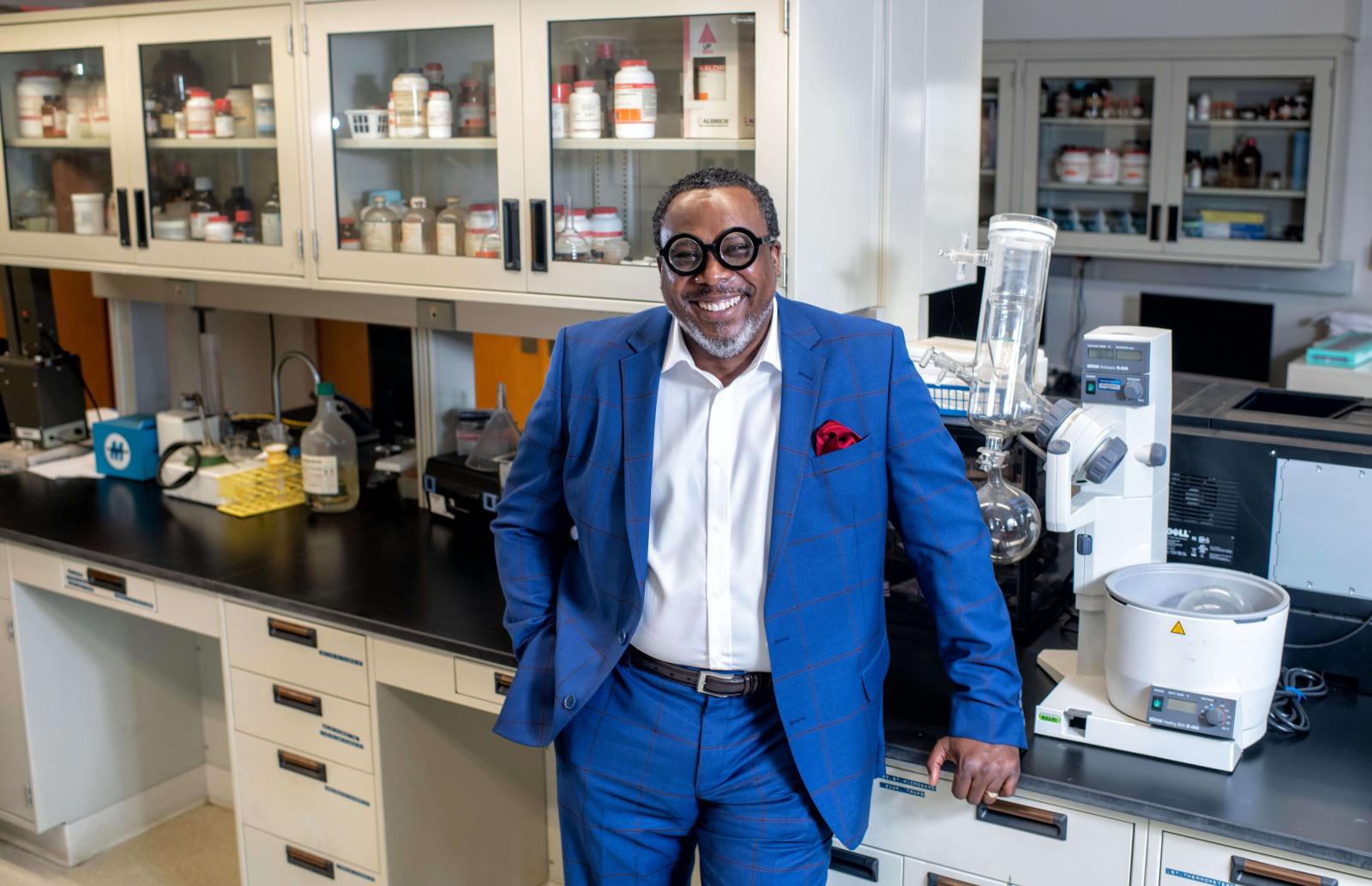
“People speak with their pharmacist about anything because of ease of access and established trust,“ Ettienne says. “Community pharmacy in particular allows a continuity of care with the pharmacist serving as a ready bridge that supports physicians’ directives and improves adherence. Pharmacists meet people where they are . . . . We have to break down barriers to good and culturally relevant care. That’s what we do at Howard. People trust the Howard product and they trust Howard practitioners.”
Ettienne says there needs to be more attention on the way health information is communicated. “We can’t ignore the role of the media,” he says. Some media images perpetuate negative stereotypes, which can set up adversarial encounters instead of inviting trust. “If the only time I hear from you is something punitive, why would I be open?”
The solution? “When we put people first, we have much better results,” Ettienne says. Nine out of 10 Americans live within five miles of a community pharmacy, according to NACDS and CDC data. That number changes when race and income are factored. “The pharmacy penetration is less in poorer communities, and this affects health care delivery,” Ettienne says. “We have an obligation to even the playing field and Howard is the solution.”
Access is Key
Ettienne recounted a story with an older adult patient from his previous position at what is now called CVS Health, where he served as senior pharmacy supervisor responsible for 35 stores. She didn’t take her medication as prescribed and her health worsened. When Ettienne talked to her, she said she didn’t trust her doctor nor the medicine. Ettienne assessed the scenario and felt this was a perfect teaching moment. He called her doctor with the patient and staff pharmacist present to discuss her fears.
The physician appreciated the call and appreciated the value of a pharmacist supporting his overall goals. “The barriers fell away. We closed the loop, and she was much more adherent in the following months,” Ettienne says. “Howard University has done a remarkable job of creating professionals who look like the community, who can access the community and create pride.”
More Than A Smile
Disparities in dental health among African-Americans are also a major concern, the results of which are evident beginning even in childhood. According to research from the University of Southern California, untreated dental cavities in African- American children are triple that of their white peers by the time they reach their teen years. Among adults, untreated tooth decay in those 20-64 and total tooth loss among those over 65 are double in African-Americans than in white Americans of the same age groups.
Why? “Studies repeatedly show that African-Americans do not visit the dentist as frequently as their white counterparts, and for those that do go, often their level of treatment is inferior,” says Andrea Jackson, DDS, M.S., FACP, FACD, FICD, dean of the Howard University College of Dentistry. Only 3.8 percent of dentists identify as Black and, like their medical school counterparts, Black dentists overall report higher average educational debt than all dental students.
Lack of insurance coverage and cost are also factors for some. “This imbalance of care is also evident regarding even more serious oral health matters,” Jackson says, including lower five-year survival rates of oral pharyngeal cancers among African-American men.
In response, the College of Dentistry has been reaching out to underserved communities to provide dental care where it’s needed. The school works with Remote Area Medical (RAM) to visit rural areas around the U.S. as well as overseas. It has worked with the National Dental Association on its grassroots program health initiative and also sends students to various health fairs on weekends. To drum up interest in the profession itself, the college partners with area schools to introduce children to dentistry by providing preventive services and through other interactive programs.
“I feel that having more underrepresented minorities in dentistry and health care in general will help in closing the gap and addressing the health care needs of the underserved,” Jackson says. “It is well documented that patients prefer to be treated by those who look like them, and health care providers are more likely to practice in the communities where they are from or at least dedicate some of their practices to treat patients with disadvantaged backgrounds, especially when they came from these communities.” —Rin-rin Yu
Article ID: 171




